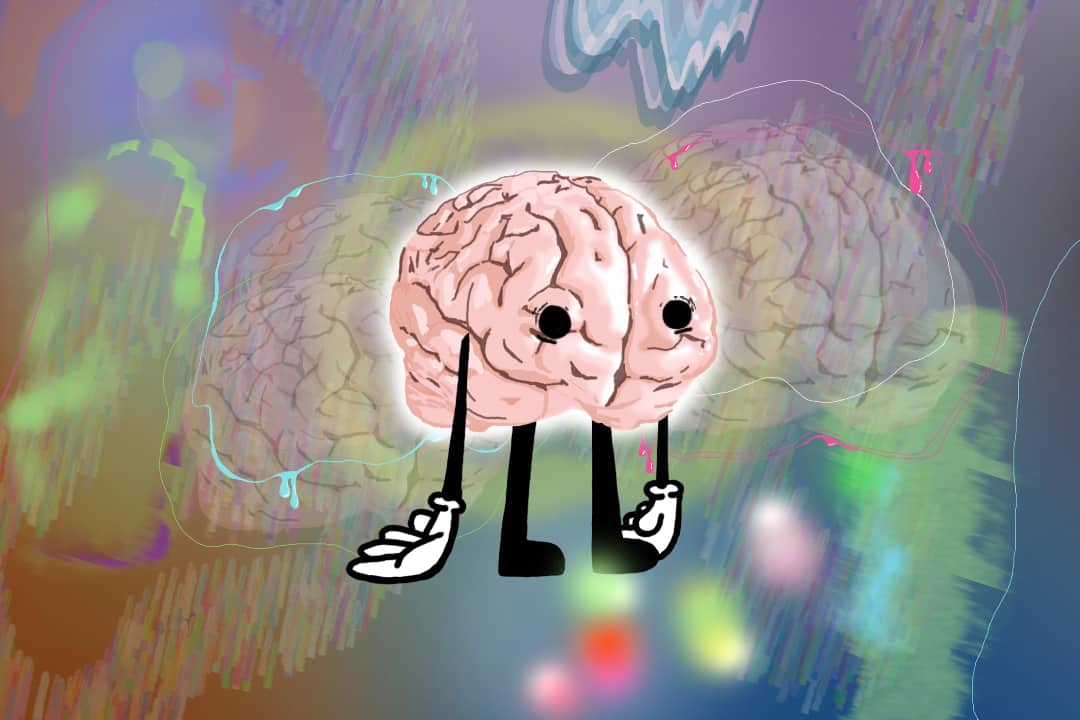Lysergic acid diethylamide (LSD) is a psychedelic drug used for decades recreationally and, more recently, medically, which alters our perception of time and our surroundings in various ways. The drug acts by binding to serotonin receptors in our brain, changing our response to the serotonin hormone responsible for handling mood, emotions, and perception.
Classified under ‘ergoline’ drugs, a class of drugs prescribed for migraines and Parkinson’s disease, LSD was first synthesized in 1938. The drug binds to the serotonin neurotransmitter receptor through the β-arrestin pathway that is usually responsible for reducing a cell’s sensitivity to certain hormones. This interaction causes the receptor to close a ‘lid’ on the cell, preventing its state from returning to normal and allowing the drug to last longer.
After the effects of the use of the drug have worn off, users may experience flashbacks to the hallucinogenic episode, causing feelings and emotions ranging from pleasant recall of visual imagery without much impairment, to rapid mood swings, anxiety, and minor depression.
While the long-term effects of the drug have not yet been researched as extensively, one known effect is that users can develop resistance to the drug pretty quickly, and thus require higher doses in regular use to elicit the same effect. However, this resistance goes as quickly as it comes and can subside in a matter of days, making LSD a non-addictive substance. While known long term effects are rare, some notable ones are an increased risk of psychosis and hallucinogen persisting perception disorder, a rare neural condition where an individual experiences multiple recurring flashbacks through visual and auditory channels.
A rumour of brain cells being ‘perma-fried’ due to continuous use of LSD has been floating for a long time, but nothing regarding this has been proven yet. However, in a 2018 study on fruit fly larvae, researchers found that serotonergic psychedelic drugs like LSD could potentially promote neuritogenesis. Neuritogenesis facilitates the development of spinogenesis, a process that transmits messages between neurons that can enhance information intake, and synaptogenesis, the increase of connections between neurons.
LSD, if used responsibly and under medical supervision, can potentially be harnessed and used for fundamental neurological research. All we know, for now, is that it has incredibly wide-ranging effects on neural chemistry and is an extremely potent drug with high hallucinogenic capacities.


